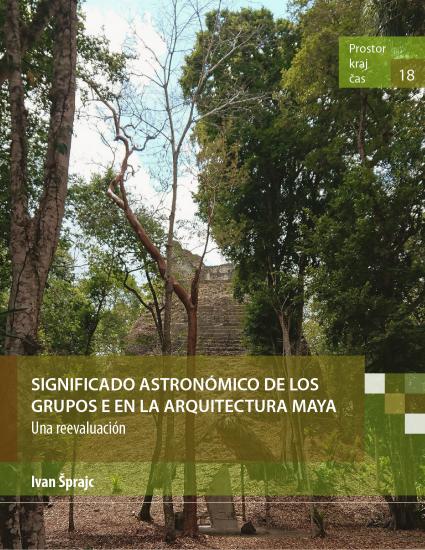
Author:
Ivan Šprajc
Year:
2021
-
Author
-
Publishing House:
Založba ZRC
-
Publisher
-
ISBN
978-961-05-0501-3
-
Year
2021
-
Series
Language(s)
-
Specifications
internet publication pdf 143 pages
-
E-publications
19. 04. 2021
-
Permalink